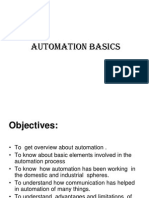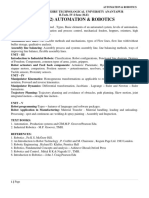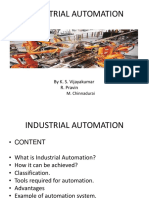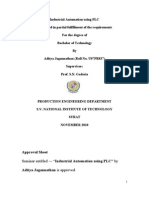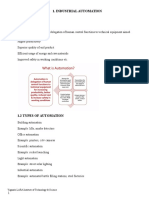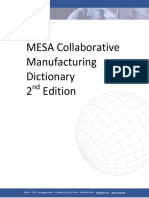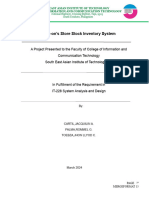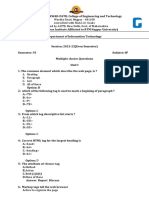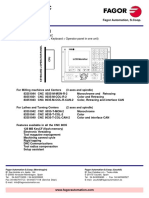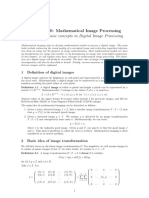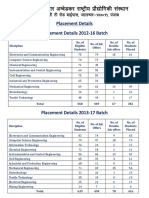0% found this document useful (0 votes)
104 views33 pagesAutomation: Benefits and Challenges
Automation is the use of control systems and information technologies to reduce the need for human work. It increases productivity and consistency while allowing humans to avoid dangerous tasks. Automation applies to manufacturing, video surveillance, and home appliances. While it provides benefits, automation also presents risks such as unemployment and security issues.
Uploaded by
Divya s SubramanyaCopyright
© © All Rights Reserved
We take content rights seriously. If you suspect this is your content, claim it here.
Available Formats
Download as DOCX, PDF, TXT or read online on Scribd
0% found this document useful (0 votes)
104 views33 pagesAutomation: Benefits and Challenges
Automation is the use of control systems and information technologies to reduce the need for human work. It increases productivity and consistency while allowing humans to avoid dangerous tasks. Automation applies to manufacturing, video surveillance, and home appliances. While it provides benefits, automation also presents risks such as unemployment and security issues.
Uploaded by
Divya s SubramanyaCopyright
© © All Rights Reserved
We take content rights seriously. If you suspect this is your content, claim it here.
Available Formats
Download as DOCX, PDF, TXT or read online on Scribd
/ 33














